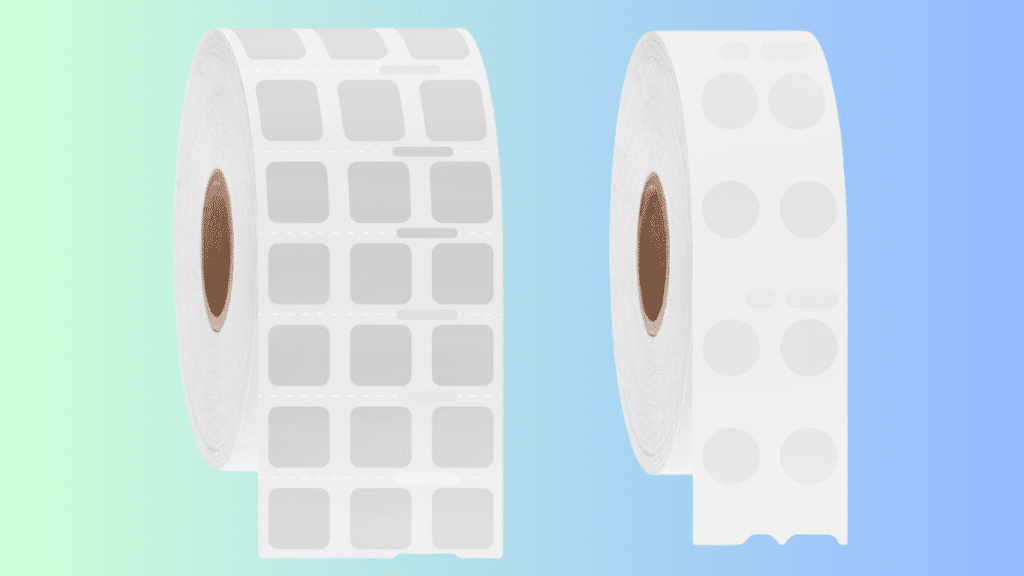Chemical resistant labels are essential in various industries, including manufacturing, pharmaceuticals, and laboratories. These labels withstand harsh chemicals, moisture, and extreme temperatures. They provide reliable information, ensuring safety and compliance. In this article, we’ll explore the materials, processes, and tips for creating effective chemical-resistant labels.
Understanding the Need for Chemical Resistant Labels
Labels exposed to harsh chemicals or extreme environments must remain legible and intact. When chemicals such as solvents, acids, or oils are present, standard labels can fade, peel, or degrade. Chemical-resistant labels avoid these issues by using materials designed to endure challenging conditions.
Industries like chemical manufacturing, automotive, food processing, and laboratories rely on durable labels. These labels ensure proper identification of hazardous materials, ingredients, equipment, and containers. Without them, safety can be compromised, and regulatory guidelines might be violated. That’s why choosing the right label is not just a preference but a necessity.
Choosing the Right Materials for Chemical Resistant Labels
Selecting the correct material is the first step in creating a chemical-resistant label. Different substances have varying levels of resistance to chemicals, moisture, and temperatures. Here are some common options:
1. Polyester (PET) Labels
Polyester labels are a top choice for chemical resistance. They are durable, resistant to tearing, and maintain their integrity even when exposed to solvents. Polyester labels often feature a glossy or matte finish, providing excellent readability.
2. Polyethylene (PE) and Polypropylene (PP) Labels
Polyethylene and polypropylene labels are flexible and resistant to chemicals like acids, bases, and oils. They are ideal for curved or irregular surfaces, making them a popular choice in the chemical and pharmaceutical industries.
3. Vinyl Labels
Vinyl labels are known for their high durability. They are chemical-resistant, waterproof, and can endure UV exposure. This makes them suitable for both indoor and outdoor applications. Vinyl is often preferred for warning signs or identification labels.
4. Laminated Paper Labels
Although paper labels are not inherently chemical-resistant, adding a laminate layer can enhance their durability. Laminated labels are more cost-effective for environments with mild chemical exposure but are not suitable for harsh conditions.
Selecting Adhesives That Withstand Chemicals
A label’s adhesive plays a crucial role in its overall durability. The adhesive must adhere well to surfaces without degrading when exposed to chemicals. Here are some options:
1. Acrylic Adhesives
Acrylic adhesives are a reliable choice for chemical-resistant labels. They provide strong bonding to various surfaces, including metals and plastics, and withstand exposure to oils, solvents, and moisture.
2. Rubber-Based Adhesives
Rubber-based adhesives offer excellent initial tack and are resistant to chemicals like mild acids and oils. However, they may not perform well under high temperatures or prolonged exposure to harsh solvents.
3. Silicone Adhesives
Silicone adhesives are designed for extreme environments. They maintain a strong bond even under high heat and resist aggressive chemicals. Silicone adhesives are ideal for applications requiring both chemical and temperature resistance.
Designing Chemical Resistant Labels for Clarity
Once you’ve selected the right materials, designing the label for maximum readability is essential. Chemical-resistant labels must communicate critical information clearly. Here are some tips for effective design:
1. Use High-Contrast Colors
High-contrast color schemes, such as black text on a white background, enhance readability. Avoid colors that might fade or blur under chemical exposure.
2. Choose Bold, Clear Fonts
Opt for fonts that are easy to read, even from a distance. Bold fonts reduce the risk of text becoming illegible when exposed to chemicals.
3. Include Safety Icons and Symbols
Symbols and icons provide instant recognition of hazards. Consider adding appropriate safety symbols like flammable, corrosive, or toxic indicators.
4. Optimize Layout for Quick Identification
Place the most critical information at the top or center of the label. Use simple language and clear headers to avoid confusion.
Printing Methods for Chemical Resistant Labels
The method of printing can impact the durability of the label. Here are some reliable options for chemical-resistant printing:
1. Thermal Transfer Printing
Thermal transfer printing uses heat to transfer ink from a ribbon to the label material. This method creates smudge-proof, chemical-resistant prints. It’s perfect for labels that need to endure harsh conditions.
2. Laser Printing
Laser printers use toner, which bonds well with durable materials like polyester and vinyl. The print quality is excellent, and the labels resist chemicals, water, and UV exposure.
3. Inkjet Printing with Specialized Inks
Standard inkjet printing might not offer the necessary resistance, but specialized chemical-resistant inks can do the job. They bond strongly to treated materials, providing decent resistance.
Verify that the adhesive remains strong over time, even when exposed to moisture, chemicals, and varying temperatures. Peel tests help determine long-term adhesive performance.
Conclusion
Creating chemical resistant labels involves a careful selection of materials, adhesives, and printing techniques. These labels are vital for maintaining safety, compliance, and clarity in industries where chemical exposure is a constant concern. By choosing the right materials and following best practices in design, printing, and application, you can ensure that your labels stand up to the most demanding environments. Whether in a laboratory or a manufacturing plant, reliable labels contribute to safety and efficiency, proving their value every day.
